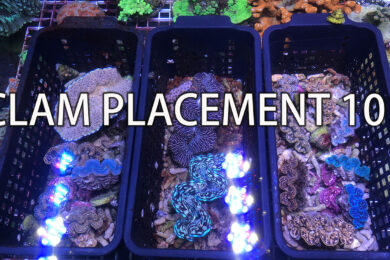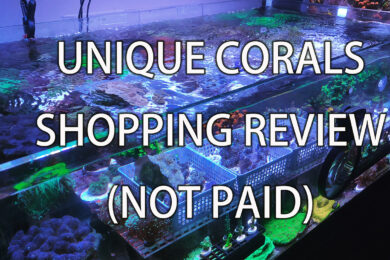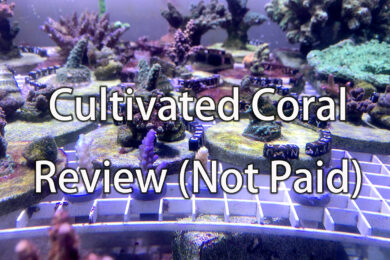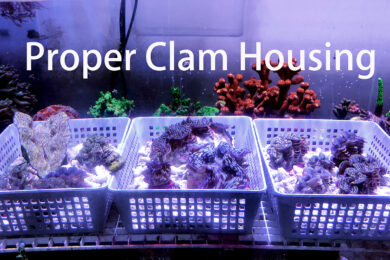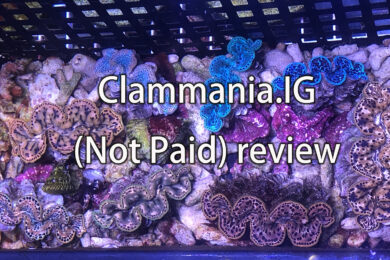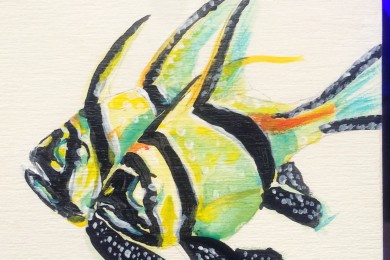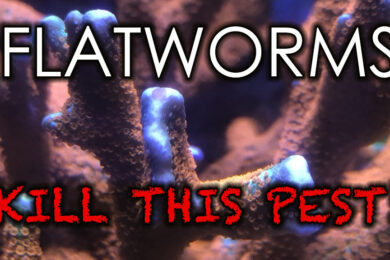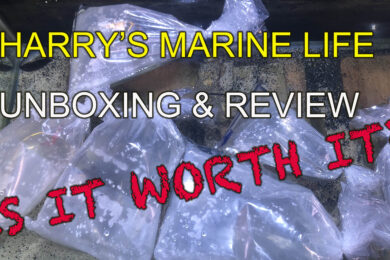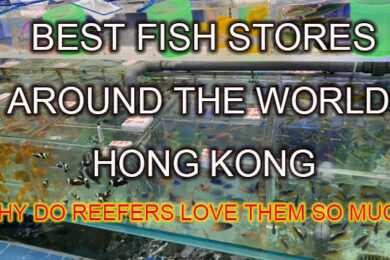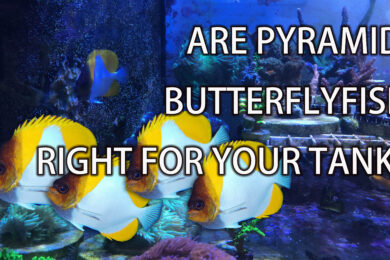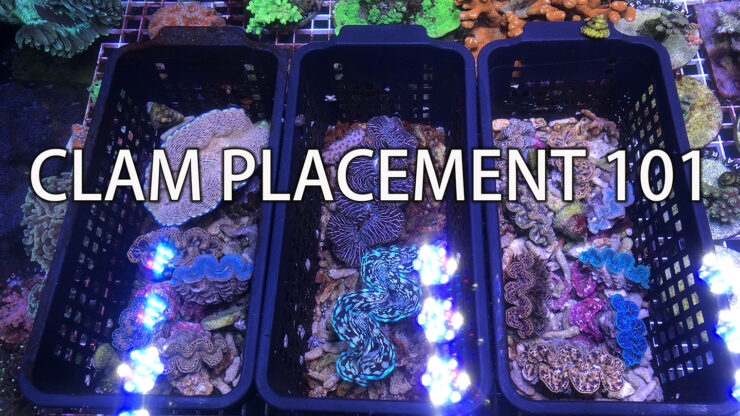I have a sneaking suspicion that I might have covered some of these in a previous conversation. But after more experiences with clam, I may have evolving opinion on some of what I said previously on clam placement in a reef tank.
In general, the tenets to clams keeping are:
- Never allow the byssal gland to come directly in contact with sand/substrate if all possible. Unless the clam has grown to a sustainable size (6 or 8″+) that it sheds the byssal on its own. always allow the clam to attach to a fir surface, a rock, a tile, a shell, or even rubbles to allow self protection from pests. Maxima Clams and Crocea Clam will almost permanently be attached to a surface once established. Larger clams like Derasa, Squamosa, and Gigas can shed the byssal at a certain point and simply use their weight to anchor down.
- Alkalinity and pH stability. Never allow tank pH to drop below 8.1 at night, and ideally 8.3+ during the day. If you have trouble with this, you can consider a CO2 scrubber attached to your protein skimmer. They are fairly inexpensive compare to other equipments you need to invest in. Keep Alkalinity between 7-9 if all possible and avoid sharp spikes. If you have a need to raise, raise it slowly over a few days, not a few hours.
- Mild to moderate flow. They really don’t like strong, direct blow in the face. You will find clams often “turn away” from the flow direction to prove this. Also mantles flopping in the wind is not particularly enjoyable for clams either, they often won’t open fully.
- As much light as you can spare. You can never give them too much light, but be sure to slowly acclimate if there is lighting intensity change. High Output LED, T5, or Metal Halide is the bare minimum you must provide.
- Feeding- Some argue they do not need feeding. The fact is they do feed in the wild. So why aren’t we feeding at home? Are we just trying to save a few dollars, or too lazy to provide?

